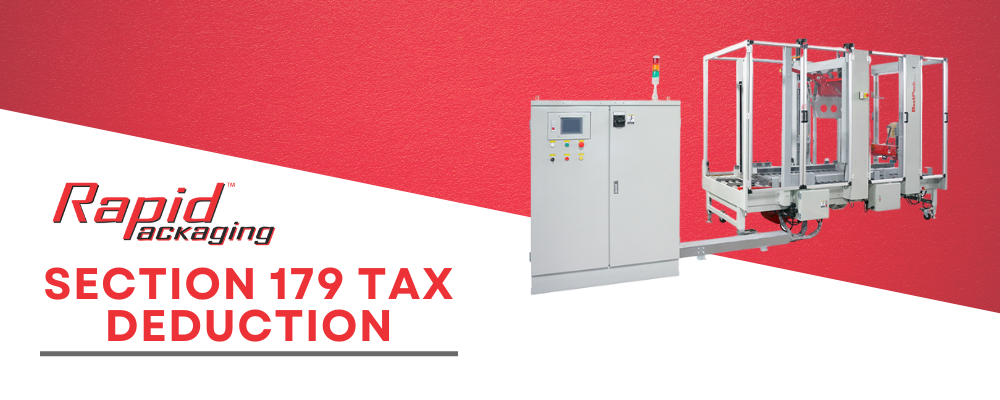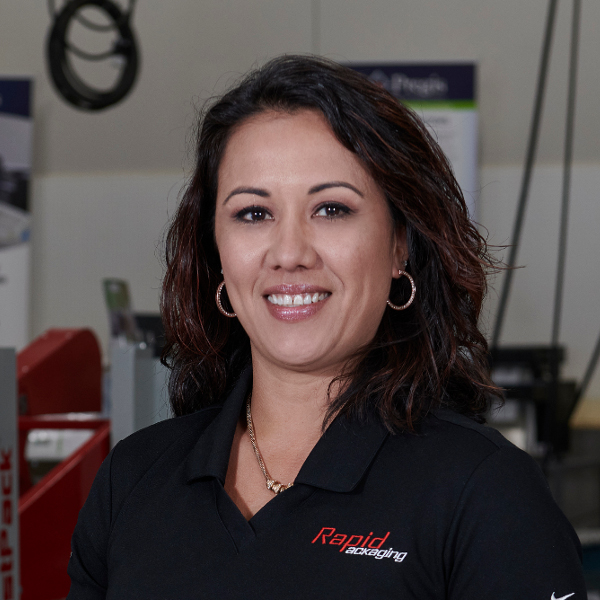By Laura Heinen | October 17, 2024 | Section 179 Deductions | 0 Comments

Maximize Your Savings with Section 179 Deductions
Making strategic financial decisions is crucial to your long-term success as a business owner. One of the most effective tools available to help you lower your taxable income while investing in your company’s growth is the Section 179 Deduction. This tax code provision allows businesses to deduct the full or partial cost of qualifying equipment and software purchased or financed during the tax year.
In this blog post, we’ll break down what qualifies for a Section 179 deduction, how it can benefit your business, and answer some of the most common questions about the deduction and the future of the tax provision.
What is Section 179?
Section 179 of the Internal Revenue Code enables businesses to deduct the cost of qualifying equipment and software in the year it is in service rather than depreciating it over several years. This makes Section 179 an attractive option for business owners who need to invest in equipment, vehicles, or software but also want immediate tax relief.
The Section 179 expense for 2024 is capped at $3,050,000, meaning this is the maximum amount that can be spent on equipment before the Section 179 Deduction begins to be reduced on a dollar-for-dollar basis. These purchases must also be made and put into use by December 31, 2024. For any small or medium-sized company looking to maximize its tax savings, this deduction can be a game-changer.
What Qualifies for a Section 179 Deduction?
Not every purchase qualifies for the Section 179 tax deduction, so it’s essential to understand what does. Here’s a general overview of qualifying items:
- Tangible equipment: Items such as machinery, computers, office furniture, and tools that are used for business purposes.
- Business vehicles: New or used vehicles used primarily for business purposes, including those weighing over 6,000 pounds.
- Software: Purchased or leased off-the-shelf software that is used for business operations.
- Office equipment: Things like printers, copiers, and telephone systems.
- Certain property improvements: This includes upgrades like fire alarms, security systems, and HVAC systems.
The Internal Revenue Service (IRS) outlines these items in greater detail, but the key takeaway is that the purchases must be qualifying equipment used in your business, and they must be placed in service during the same tax year to qualify for the Section 179 deduction.
What is Not Allowed Under Section 179?
While Section 179 is broad, it does have its limits. Some items do not qualify for the deduction:
- Land and buildings: Real estate and permanent structural components do not qualify.
- Inventory: Items held for sale to customers are not deductible under Section 179.
- Leased equipment: Equipment acquired through capital leases may qualify, but not through operating leases.
- Property used outside the U.S.: Equipment and property used primarily outside of the United States do not qualify for the deduction.
It’s important to consult a tax professional or refer to the IRS guidelines to confirm that your purchases qualify under the Section 179 tax code.
Why Section 179 Matters for Your Business
The benefit of Section 179 is clear: it allows businesses to invest in equipment that helps them grow while offering substantial tax savings. Whether you’re automating your operations, upgrading your office, or purchasing a vehicle for business use, this deduction can significantly lower your taxable income. With the ability to deduct up to $3,050,000 in qualifying equipment purchases made by December 31, 2024, now is the perfect time to make those critical investments.
Final Thoughts
The Section 179 deduction is a powerful tool for business owners looking to reduce their tax burden while investing in their company's future. By allowing businesses to deduct the cost of qualifying equipment, this provision helps companies stay competitive, improve efficiency, and grow.
If you're considering a significant equipment purchase this year, make sure you understand how Section 179 can benefit you. Use the Section 179 Calculator tool to estimate your tax savings, and act by December 31, 2024, to take full advantage of this tax-saving opportunity! For more details, visit www.section179.org, and check out Rapid Packaging’s inventory of qualifying new and used equipment to ensure your business gets the maximum benefit.
Contact Us Today to Learn More About Section 179 Deductions!

About the Author: Laura Heinen
Laura is the sales and marketing manager for Rapid Packaging. She earned her Bachelor of Science in Business Management with an emphasis in Marketing from the Minnesota School of Business. .
Before becoming the sales manager, Laura's main passion focused mainly on Marketing because it allows her to speak to the world, and if she does her job well enough, the world will speak back.
Laura lives in the twin cities suburbs and is a mom of two girls. In her spare time, you can find her cheering on the Vikings or the boat all summer long!
Need Help?
Increase your productivity with entry-level of full-line packaging automation, reduce packaging costs, and increase product protection with a full catalog of packaging supplies.